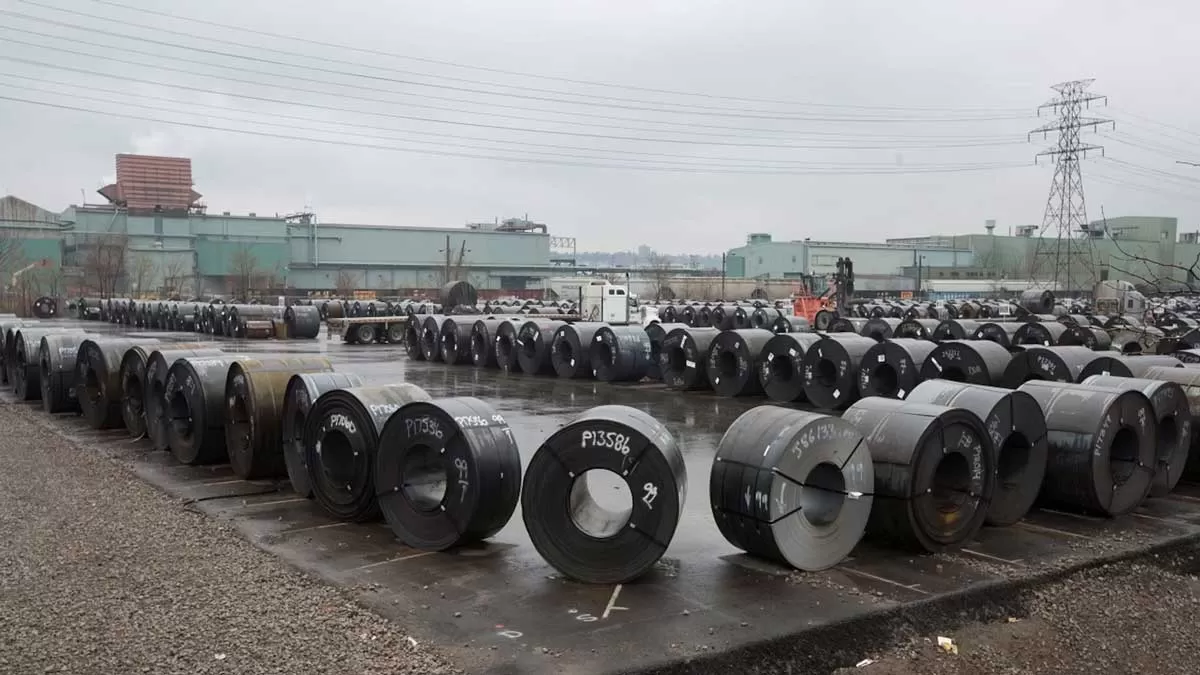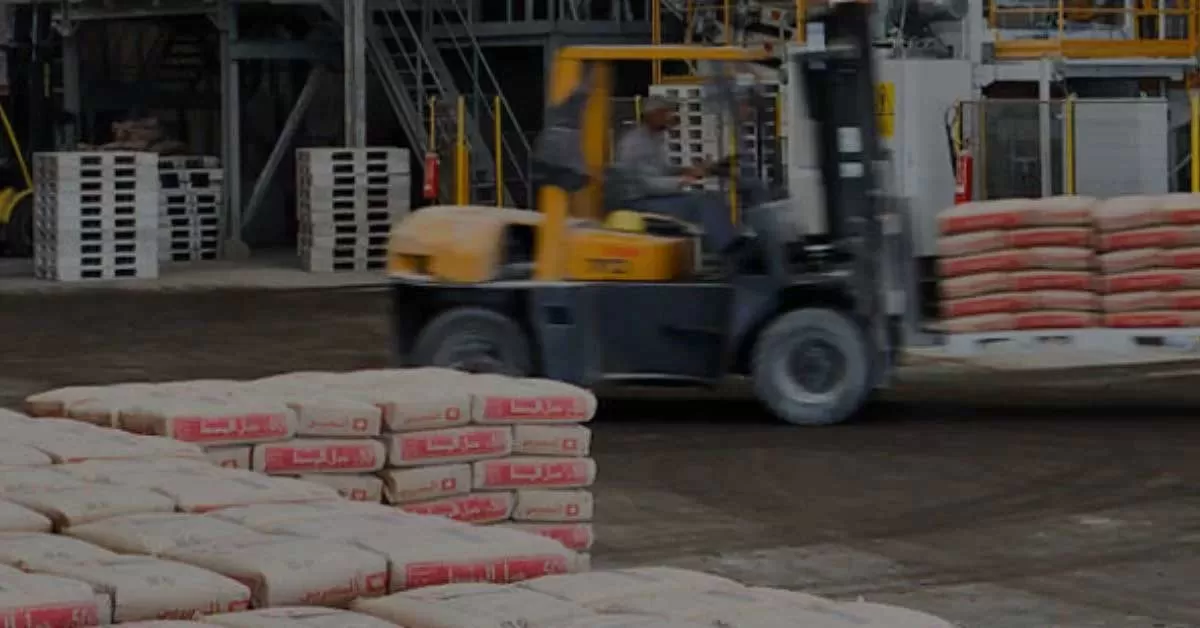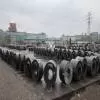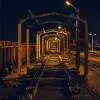Vijay Kalantri, Chairman & Managing Director, Dighi Port
The setting up of Maharashtra's first private port has catapulted a once unknown Dighi village into international limelight. Set to become one of the largest Greenfield ports in the state, the all weather Dighi Port, also selected as the last node for the ambitious Delhi Mumbai Industrial Corridor (DMIC) project, is expected to handle a capacity of 75 to 90 million tonne by 2020. The port has successfully handled a Capesize (122,700 deadweight tonnage-DWT) and a gearless post Panamax coal vessel (82,500 DWT), one of the largest bulk carriers to call at any port in Maharashtra. Vijay Kalantri, Chairman & Managing Director, Dighi Port, is understandably gung ho about the prospects of his port in his interview with CW.
What is the current status? Any major challenges?
As of today, we have permission to build five berths. Three of them are located on the north bank and two of them on the south. Of these, only the south bank berths are operational and the others will be ready by the year-end. We plan to construct 12 berths including an LNG terminal with a handling capacity of approximately 80 million tonne. These berths are multipurpose and can handle all types of cargo. The major challenges faced were land acquisition, related permissions and government clearances, but we have successfully cleared all these. In the construction segment, being a new project, we did face some challenges like changes in the design. The designers and port developers had different ideas and views but we got them reconciled to one view and went ahead with the project.
How has the government supported you?
We have received good support from the Maharashtra Government, although we did face a few initial challenges when it came to land acquisition as the government has certain policies and rules. Every time we tried to acquire land, we were questioned on the viability of the port project. Building a port is still a new area of development in this state as compared to some other states in the country. Also, being the first Greenfield port in Maharashtra, it has taken some time for the government and authorities to understand that the project will help in the overall development of the state.
Highlight the innovative technologies and equipment used in its construction process.
Halcrow UK has prepared the overall master plan for Dighi Port. We have invested in the best equipment for the port as far as efficiency and the environment is concerned. We do not want to sacrifice or harm the environment in any way on account of efficiency. We have invested in multi-purpose Gottwald mobile harbor cranes (6 series) and are also investing further in equipment that can improve the port's efficiency. In terms of port mechanical equipment and cargo handling, we are trying to use a dual system in respect to the cranes, which work on fuel as well as electricity. This system is cost effective and also helps in reducing pollution. Also, apart from cargo handling equipment, we are in the process of setting up solar panels on the rooftops of all the warehouses and our port offices in order to contribute towards green initiatives. We are also planning to explore the use of LED lights in all our high mast towers to conserve electricity.
How will developing the port add to the state's progress?
The government has stated that we need 20 more ports. Once the port begins operations, it will boost revenue generation, employment, exports and also help reduce transaction costs. A lot of ancillary industries will also establish their export factories in the region. The government always talks of inclusive growth; ports can be taken as one of the sectors that spur inclusive growth.
How many phases are yet to be executed?
The port is being developed in three phases. The first phase handles a capacity of 30 million tonne. In the second phase, another five berths will be created and the capacity will increase up to 60 million tonne and in the last phase, we expect the port to have an additional five berths, taking the total number of berths to 15 and a handling capacity of 90 million tonne of cargo, which will also include an LNG terminal.
What is its current cargo handling capacity?
We have handled 3.5 million tonne of cargo in the last two to three years. In the next two years, we plan to handle dry bulk, break-bulk and liquid cargo. This year, we hope to handle approximately 2 million tonne of cargo.
Highlight the efforts taken to ensure smooth connectivity. Tell us about the funding?
We are investing Rs 1,500 crore for the road and rail connectivity to the port. The money will be sourced from our equity and from banks in a ratio of 30:70. We are trying to resolve connectivity issues for the smooth movement of cargo.
How do you view the growing competition in the private port sector?
We require 20 more ports and world over the capacity of ports is 50-60 per cent. In India, ports are running at 110 per cent capacity, and sometimes, JNPT is running at 112 per cent capacity. Currently, there is room for everyone in the port sector as most ports are running beyond capacity. As the global and national investment scenario picks up, investments shall flow in at a much faster pace. Globally, the norm is that a port should use at the maximum 80-85 per cent of its installed capacity to perform efficiently. But in India, some ports are operating well beyond 100 per cent. In any case, competition keeps one healthy and that is always welcome.
Dighi Port is a part of the extensive DMIC...
Around 40 to 50 km away from Dighi, an industrial estate has come up. Companies like Posco, JSW, Maharashtra Seamless and about 20 steel companies have invested around the region. Apart from these, engineering and several other companies including power and water plants will come up due to the economic importance of the port. Firms from Japan, Korea and Singapore are also considering investing in the region.
Size of the project: First phase capacity-30 million MTs going up to 90 million MTs at the end of Phase-3
Total investment: Rs 2,000 crore till date going up to Rs 5,600 crore
Promoters: Balaji Infra Projects
Alliances: IL&FS is a co-developer in the project and hold 20 per cent stake
Contractors: DBM, Van Oord, etc
To share your views on this interaction, write in at feedback@ASAPPmedia.com


















